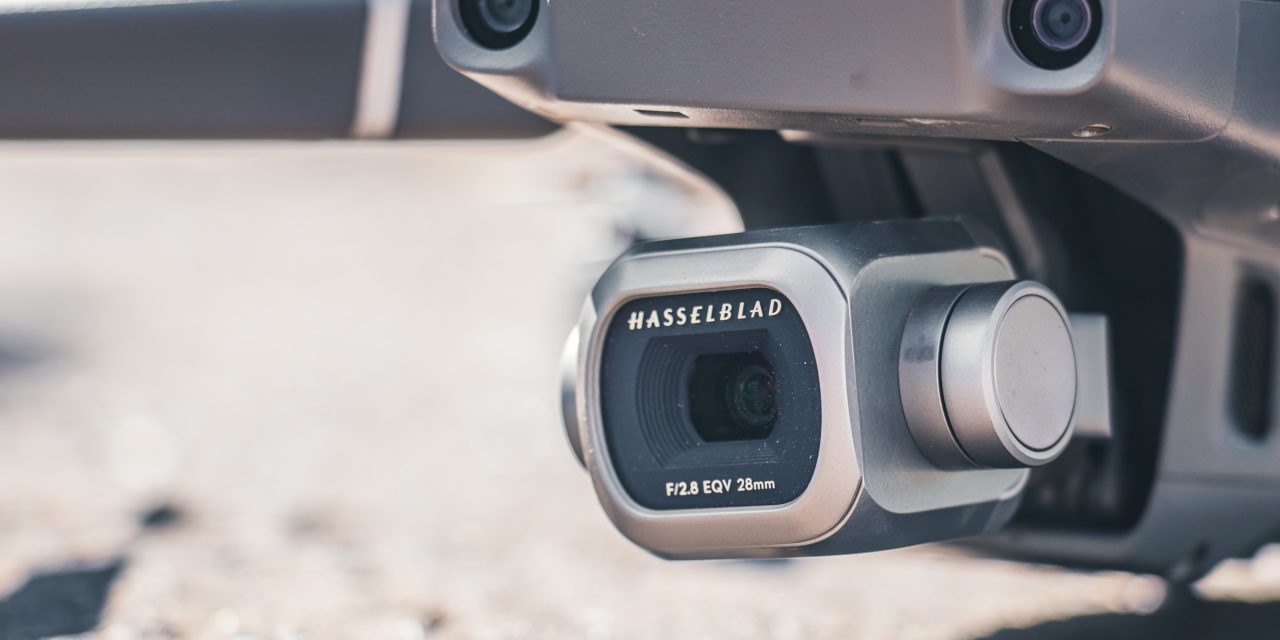If you’re in the market for a camera system for your fleet, you may be feeling overwhelmed by all of the options available to you. So how can you be sure you’re making the right decision? This guide will walk you through choosing the perfect camera system for your fleet. We’ll discuss key factors to consider and provide tips on finding the best system.
Vehicle Camera Systems: The Basics

Photo by Julian Hochgesang on Unsplash
When choosing a camera system for your fleet, you need to know a few basic things. First, you’ll need to decide what type of system you want. There are two main types of systems available on the market:
- Standalone units: These units are self-contained and typically mounted on the dashboard or windshield of the vehicle. Standalone units are a good option for businesses that want a simple, easy-to-use system.
- Networked systems: These systems are connected to a central server and offer more features and flexibility than standalone units. Networked systems are a good option for businesses that want to be able to view and manage footage from multiple vehicles.
Next, you’ll need to decide what features you want in your system. Here are some of the most popular features to look for:
- GPS tracking: This feature allows you to track the location of your vehicles in real time.
- Remote viewing: This feature allows you to view footage from your vehicles remotely or anywhere.
- Motion detection: This feature triggers footage recording when motion is detected in the vehicle’s field of view.
- Driver alerts: This feature sends alerts to the driver if certain events occur, such as speeding or sudden braking.
Now that you know the basics let’s discuss how to choose the right system for your business.
Why are Fleets Adopting Vehicle Camera Systems?
There are many reasons why businesses are choosing to install camera systems in their fleet vehicles. However, here are some of the most popular reasons:
- Improve safety: Camera systems can help improve safety by reducing accidents and protecting against false claims.
- Increase efficiency: Camera systems can help increase efficiency by reducing downtime and improving route planning.
- Save money: Camera systems can help save money by reducing fuel costs and maintenance expenses.
Choosing the Right System for Your Fleet
When choosing a camera system for your fleet, there are several factors you need to consider. Here are some of the most important factors to remember:
- Your budget: How much can you afford to spend on a camera system?
- The size of your fleet: Do you have a large or small fleet?
- Your business needs: What are your specific business needs? Do you need GPS tracking or driver alerts?
Once you’ve considered these factors, you’ll be able to narrow down your options and choose the right system for your business.
Tips for Finding the Best Vehicle Camera System
If you’re still not sure which camera system is right for your fleet, here are a few tips to help you make the best decision:
- Read online reviews: Checking online is a great way to get impartial opinions about different camera systems.
- Compare features: Make sure to compare the features of different systems side-by-side to find the one that offers everything you need.
- Get a demo: If possible, try to get a demo of the system before you make your final decision. This will allow you to see how the system works and whether it fits your business well.
These tips will help you find the perfect camera system for your fleet. With the right system in place, you’ll be able to improve the safety and efficiency of your business. So don’t wait any longer; start shopping for the perfect system today!
Types of Cameras for Your Fleet
There are a few different types of cameras available on the market, each with its benefits. Here is a quick overview of the most popular types of cameras:
- Dash cams: Dash cams are one of the most popular cameras for fleet vehicles. They’re easy to install and offer a wide field of view.
- Rear-view cameras: Rear-view cameras offer a great view of what’s happening behind your vehicle. They’re especially helpful for backing up and parallel parking.
- Side-view cameras: Side-view cameras offer a view of the sides of your vehicle. They can help spot obstacles in tight spaces.
- Forward-facing cameras: Forward-facing cameras offer a view of the road ahead. They can help spot potential hazards.
No matter what camera you choose, make sure it offers the features you need for your business. Naturally, the decision you make should reflect your needs and preferences. Unfortunately, establishing these is not the easiest issue.
Installing Your Fleet Camera System
Once you’ve chosen the perfect system for your fleet, it’s time to install it. Here are a few tips to help you get started:
- Choose the right location: Make sure to choose a location for your cameras that will offer a clear view.
- Follow the manufacturer’s instructions: Be sure to follow the manufacturer’s instructions when installing your system.
- Test your system: Once you’ve installed it, test it to ensure it’s working properly.
With these tips, you’ll be able to install your fleet camera system quickly and easily. You’ll enjoy the benefits of having a camera system in no time. So don’t wait; get started today!
How to Maintain the System?
Once you’ve installed your camera system, it’s important to maintain it properly. Here are a few tips to help you keep your system in good shape:
- Check the cameras regularly: Check them periodically to ensure they’re still working properly.
- Clean the lenses: Over time, the lenses of your cameras can become dirty. Be sure to clean them regularly.
- Update the firmware: Make sure to keep your system’s firmware up to date. This will ensure it works properly and offers all the latest features.
Are They a Worthy Investment?
A fleet camera system is a worthy investment for any business. It can improve the safety and efficiency of your operation while also protecting your vehicles. So don’t wait; find the perfect system for your business today!
Avoid Scams
When shopping for a fleet camera system, avoiding scams is important. There are a few things to watch out for:
- Unlicensed dealers: Be sure to buy from a licensed dealer. This will ensure you’re getting a quality product.
- Fake reviews: Don’t be fooled by fake reviews. Do your research to find genuine reviews from real customers.
- Too-good-to-be-true deals: If a deal seems too good to be true, it probably is. Be sure to do your research before making a purchase.
Decrease Insurance Costs
One of the benefits of having a fleet camera system is that it can help decrease your insurance costs. Insurance companies often offer discounts to businesses that have cameras in place. So if you’re looking to save money on your insurance, a camera system is a wise investment.
Minimal Labor Costs
Another benefit of a fleet camera system is that it can help reduce your labor costs. A camera system can automate many tasks, such as monitoring and recording vehicle data. This can free up your employees to do other tasks, resulting in significant labor savings.
Reducing Wear and Tear
A fleet camera system can also help reduce vehicle wear and tear. By monitoring your vehicles’ data, you can identify potential problems early. This can help you avoid costly repairs down the road.
The Question of Storage

Photo by Thom Holmes on Unsplash
When choosing a fleet camera system, one of the questions you’ll need to answer is how you will store the data. There are a few different options:
- Cloud storage: Cloud storage is a popular option for many businesses. It’s convenient and typically very reliable.
- Local storage: Local storage is another option. This involves storing the data on your servers.
- Hybrid storage: Hybrid storage is a mix of cloud and local storage. This can be a good option if you want the convenience of cloud storage and keeping some data locally.
No matter which option you choose, be sure to consider your needs carefully. This will ensure you choose the right storage solution for your business.
How Real is Real-Time?
When choosing a fleet camera system, you’ll need to decide how important real-time data is to your business. If you need to be able to track your vehicles in real-time, you’ll need to choose a system that offers this feature. However, if real-time data isn’t as important, you may be able to save money by choosing a system that doesn’t offer it.
The Bottom Line
Installing a camera system in your fleet can have many benefits. But with so many different systems on the market, it can be difficult to know which one is right for your business. By considering your budget, the size of your fleet, and your specific business needs, you’ll be able to narrow down your options and find the perfect system for your business. And with the tips in this guide, you’ll be sure to find the best system for your needs. So don’t wait any longer; start shopping for a camera system today!







Recent Comments